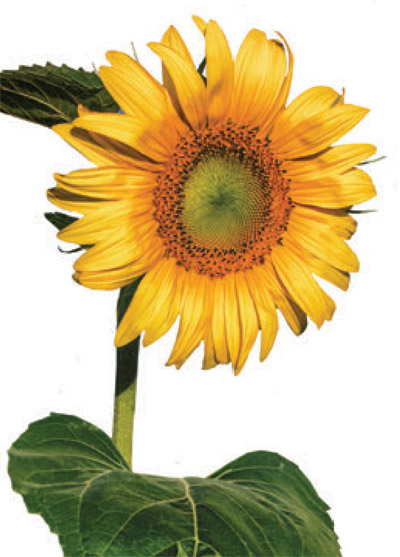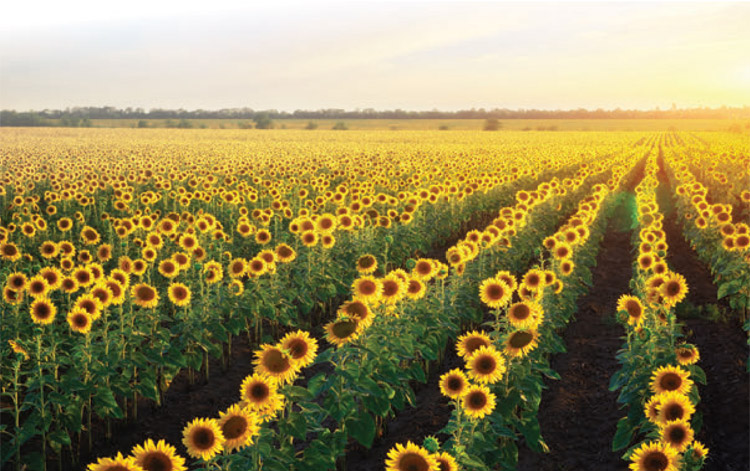April 2017

Agriculture today has to strive increasingly to produce more food for a growing population in a challenging economic environment. It is no longer just a way of life followed by men in overalls and dungarees – ‘Agriculture is a highly integrated profession, practiced by professionals who apply modern business techniques, scientific knowledge and mechanical innovations to their operations’ – Earl Coke.
Sunflower production has an important role to play in South African crop production scenarios. Annual production is between 500 000 tons - 700 000 tons. It has been useful in crop rotation programmes but it is also a good crop to grow in marginal soils. Furthermore, it is well adjusted to a wide variety of soils from heavy to sandy loam soils. Another important characteristic is that it has a shorter growing season than maize so it can be planted a little later where conditions make it necessary, and it has also been found to withstand early frosts.
Crop Estimates Committee
This team conducts scientific surveys to estimate the preliminary area planted. This is useful information for you the farmer as it will guide you as to the markets which operate on a supply and demand basis. Too much sunflower planted will suggest lower market prices at harvest time. (The same applies to maize production.) The preliminary assessment of area under sunflower production for 2017 is 665 800 ha, which is slightly down by about 52 700 ha less on the previous season. (This information is freely available on http://www.sagis.org.za).
Dr A Nel from Potchefstroom ARC-GCI maintains that it is only high levels of efficiency in your production process that will ensure financial success. Naturally this is fundamental to sustained farming – otherwise farmers will soon be out of business and unable to feed the hungry nation! The key to this level of efficiency is to unlock as much information about available cultivars as possible, in order to make informed decisions about which cultivar is best suited to local climatic conditions as well as to the anticipated season. New farmers should talk to seed company representatives, experienced neighbours and then find out the following information about each cultivar:
Yield potential
This is the tonnage you can anticipate harvesting per hectare in a normal growing season. Find out what the long term yield potential is for sunflower crops grown in your area. This enables you to set a yield target.
The number of days to flowering
This is very important. Your actual planting dates will influence your seed selection. If for example you can’t get into the field due to high rainfall and muddy conditions – or alternatively, if it has been too dry to plant – you need to consider the number of days you have available left in the growing season before the onset of the frost season, and choose the seed accordingly.
It is a recognised fact that in terms of genetics there has been slow progress in the development of new sunflower varieties and enhanced yield potential. Sunflower yield is as much a function of BEST practises as cultivar selection so these will ALWAYS work hand in hand.
Other factors which affect sunflower yields
Not only are sunflowers a very rewarding crop and a joy to behold, but they can make a valuable contribution to your long term farming programme because of low input costs and also because they generally perform well under the dry conditions, which are more normal for South African producers.
Acknowledgements
Sunflower cultivar recommendations for 2016/2017 – Dr AA Nel, ARC-GCI, Potchefstroom.

Article submitted by Jenny Mathews, Pula Imvula contributor. For more information, send an email to jenjonmat@gmail.com.
Publication: April 2017
Section: Pula/Imvula